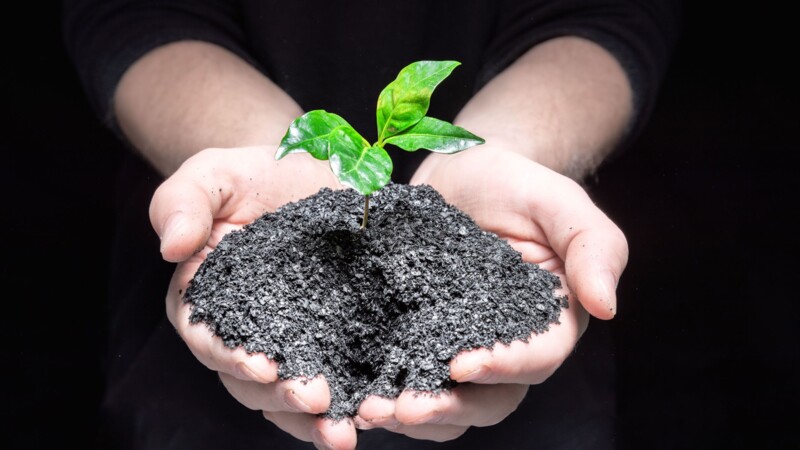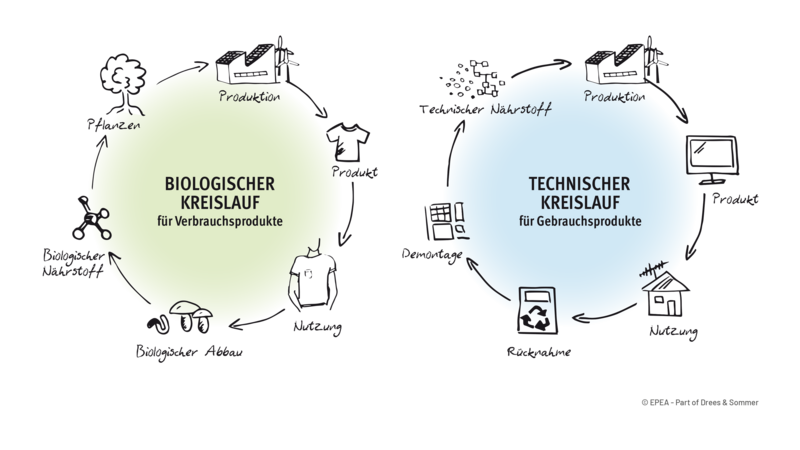"Nothing would be added in a circular city apart from goods such as food. Everything new would be created from existing materials." Kuchta cites buildings that were designed with the sharing approach in mind as an example. "Over the last few years, living space per person has increased from 25 to around 50 square metres. Modern living ideas could reverse this trend by focusing on communal spaces. The Beehive project in Hafencity is a first step in this direction, and boosts communal living and working. The building facilitates encounters in communal spaces such as a large refectory for dining, a music room, a library and an in-house co-working space. This concept recently won the MIPIM Award in the "Best Residential Project" category.'
"More than half of the world's population lives in urban areas. They consume 80 per cent of the world's energy, are responsible for 70 per cent of greenhouse gas emissions and produce more than half of all waste," said Peter Tschentscher, Mayor of Hamburg, during this year's Hamburg Sustainability Conference. However, this does not have to be the case. In 30 years, we could have transformed urban spaces into circular cities in which waste is a valuable resource and greenhouse gas emissions are largely a thing of the past. "A number of different approaches, including those relating to housing construction, energy generation, transport and recyclable products, would have to come together and interlock to create a quasi-ideal system," said Professor Kerstin Kuchta, head of the Institute for Circular Resource Engineering and Management (CREM) at Hamburg University of Technology.
Creating something new from existing materials
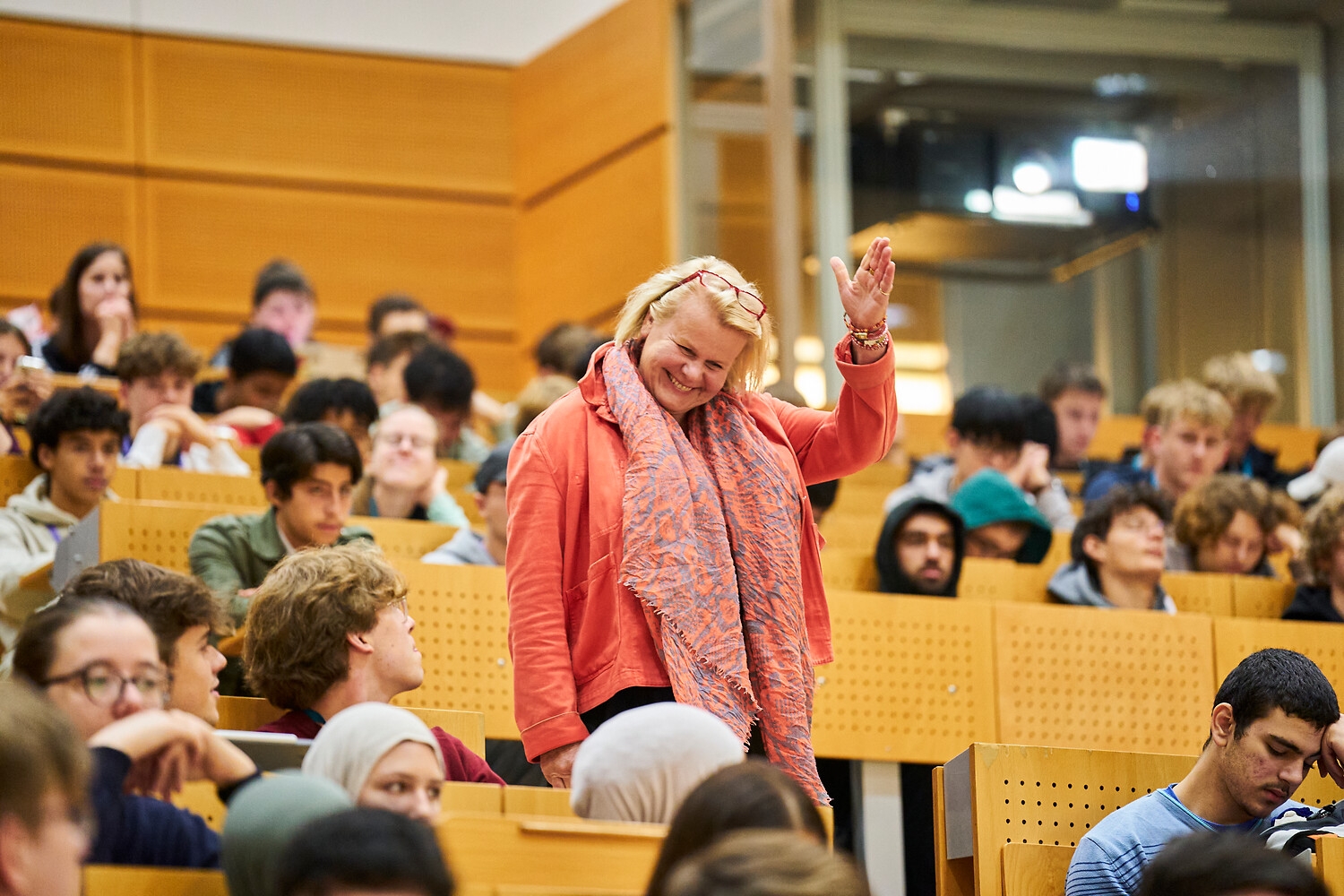
Modular and flexible
Buildings in circular cities are built flexibly. "There is a load-bearing structure - the skeleton of the building, so to speak, and the construction is modular. Depending on the life stage of the residents, flats or offices can be extended or reduced in size." When the building has reached the end of its usage — ideally after 80 years — it is dismantled and the materials are reused in the next construction. "Quality assurance ensures the stability and recyclability of the recycled materials," said Kuchta, stressing the safety of the procedure. As part of the EU-funded CIRCuIT project, Kuchta and her team collaborated with the building companies Otto Wulff, Eggers Tiefbau and Otto Dörner, as well as the sustainability solutions consultancy eHoch3 and the City of Hamburg to develop recycled concrete, which was first used to build a school in February 2024.
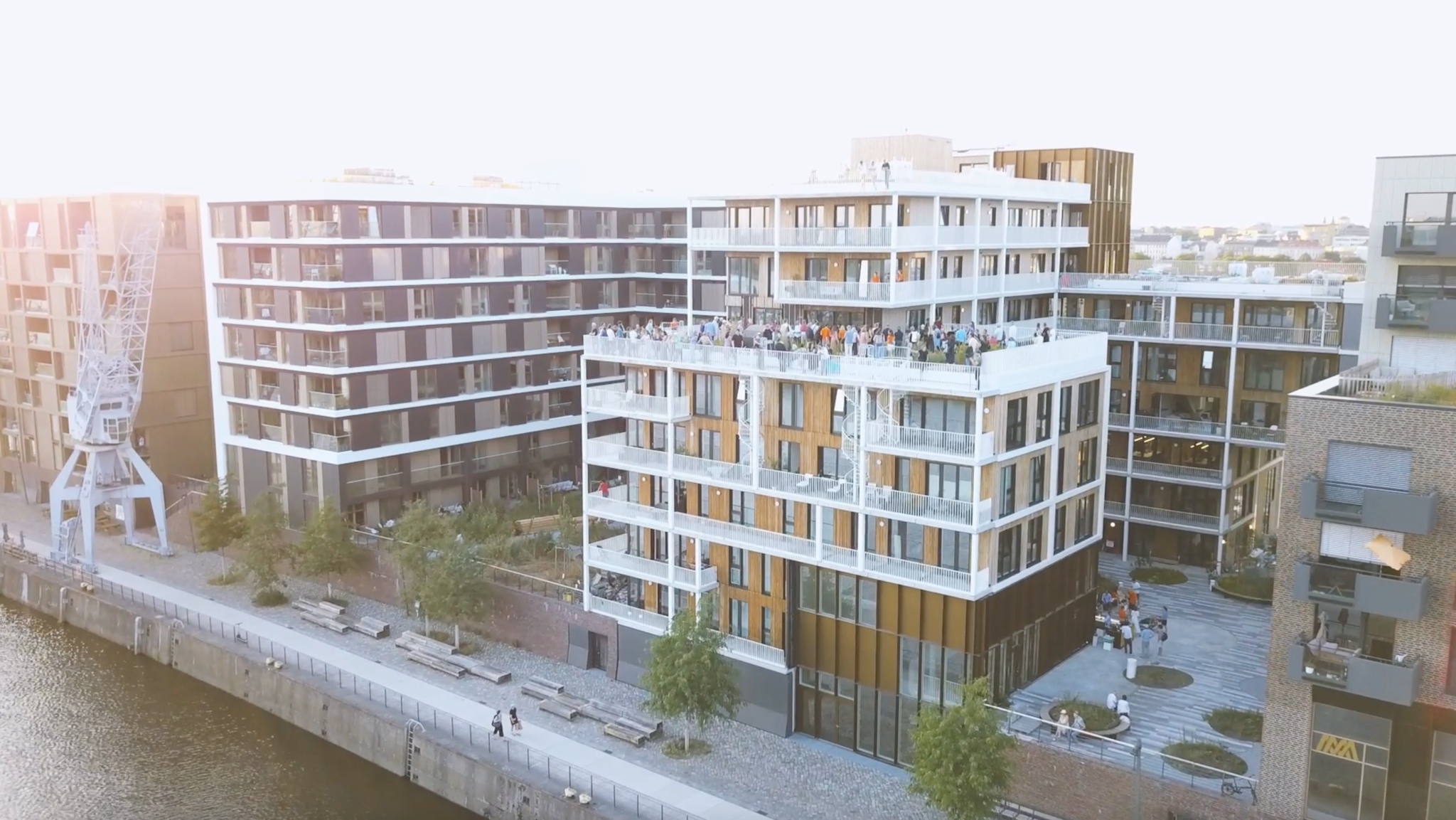
Cutting price of energy
"Traditional concrete is viewed critically as a building material because its production is energy-intensive and leads to huge CO2 emissions. However, this might not be a problem in future," said Kuchta. "The increase in renewable energies, mainly wind and, in the future, solar, will significantly reduce energy prices. This will lead to a new evaluation of the resources used." The professor has high hopes for hydrogen as the energy source of the future. "The technology is already very advanced, and as we're talking about a circular city in 30 years' time, I'm confident the economic efficiency and infrastructure hurdles will have been overcome by then." Hamburg is already well on the way, e.g., thanks to the Hamburg Hydrogen Industrial Network (HH-WIN), which is set to extend to 60 kilometres within the port by 2032.
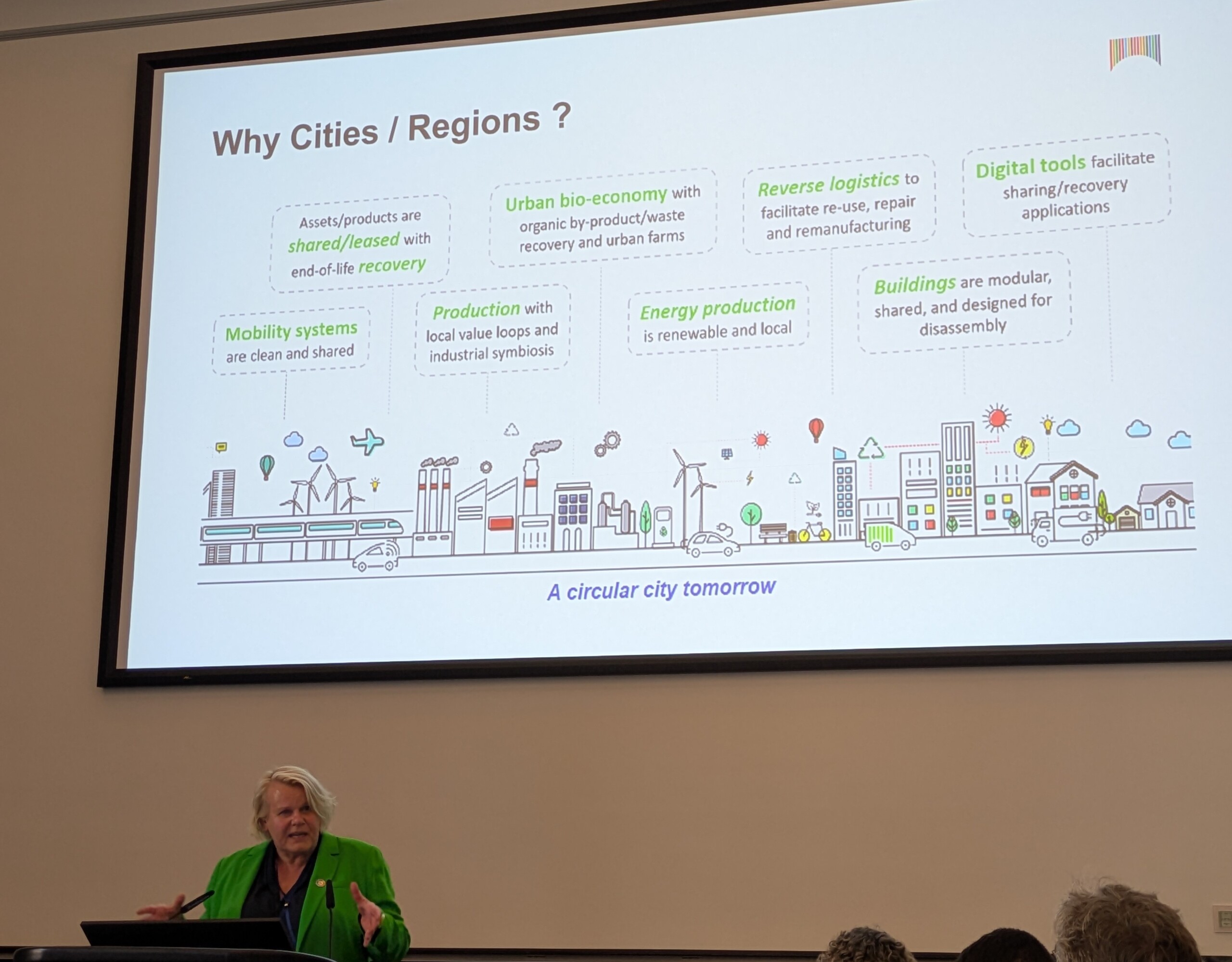
Mobility in future
So, how is transport organised in circular cities? "Thanks to advancing e-mobility, emissions are low, and there is a a keener focus on public transport, which is already in high demand," said Kuchta. Transport for deliveries is increasingly driverless and uses minimal packaging. Goods can be collected privately or from shops thereby eliminating excessive packaging and can be delivered in boxes by electric cargo bike or drone. Anything that has to be packaged will be delivered in reusable packaging in future," said Kuchta.
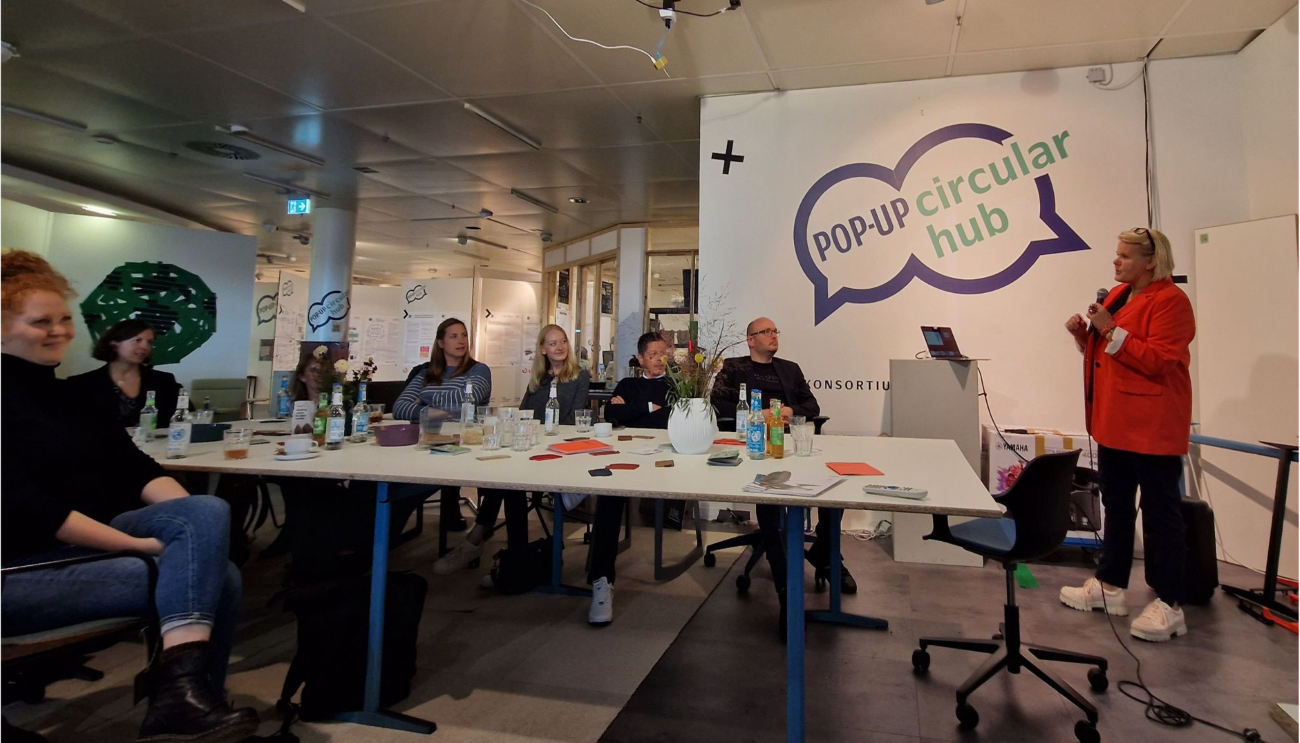
Desire for a circular future
"But plenty can be done right now," stressed Kuchta, whose research focuses on polymer recycling, biobased solutions, and recycling of rare metals. "Quite simply, don't buy too much, or buy consciously." Second-hand is a great way of saving CO₂, as is choosing mono-materials when buying new textiles. "Mixed fabrics are tempting because of their useful properties, but they are bad for the environment because they are difficult to recycle. As a result, many people vacillate between awareness and lifestyle when shopping." Kuchta would like to stir up enthusiasm for the circular economy and encourage people to make ecological decisions intuitively. "Not everyone needs to understand how the circular economy works; just celebrate the idea of a future that values resources," she added.
ys/kk/pb
Sources and further information
More
Similar articles
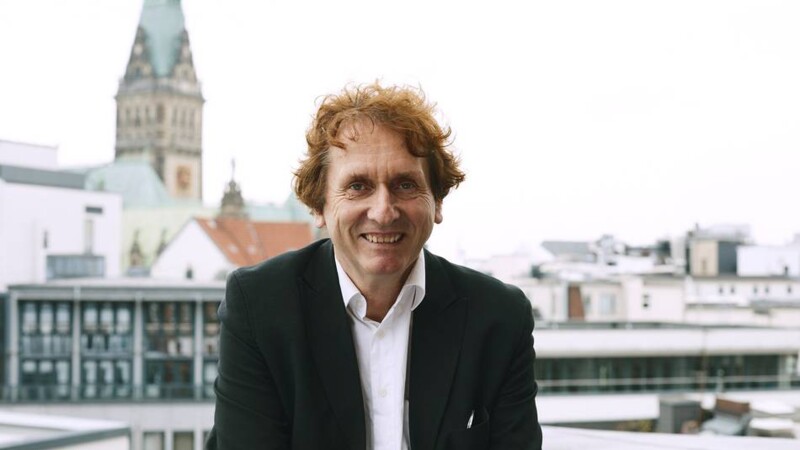
Michael Braungart: revel in your ecological footprint!
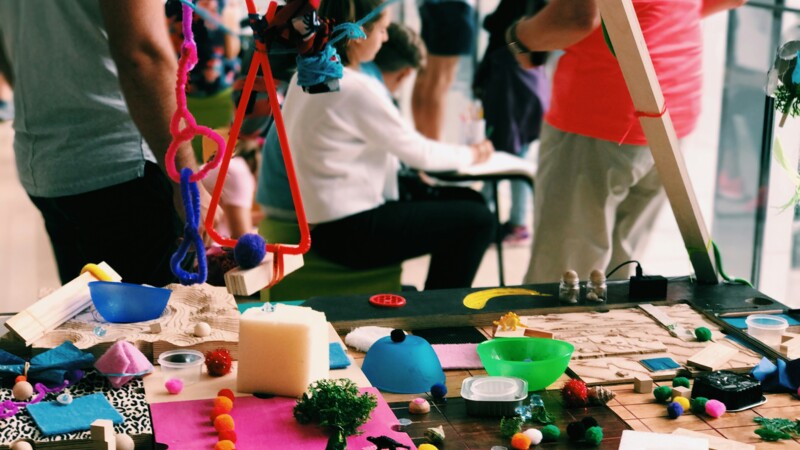
New maker lab in Central Library
